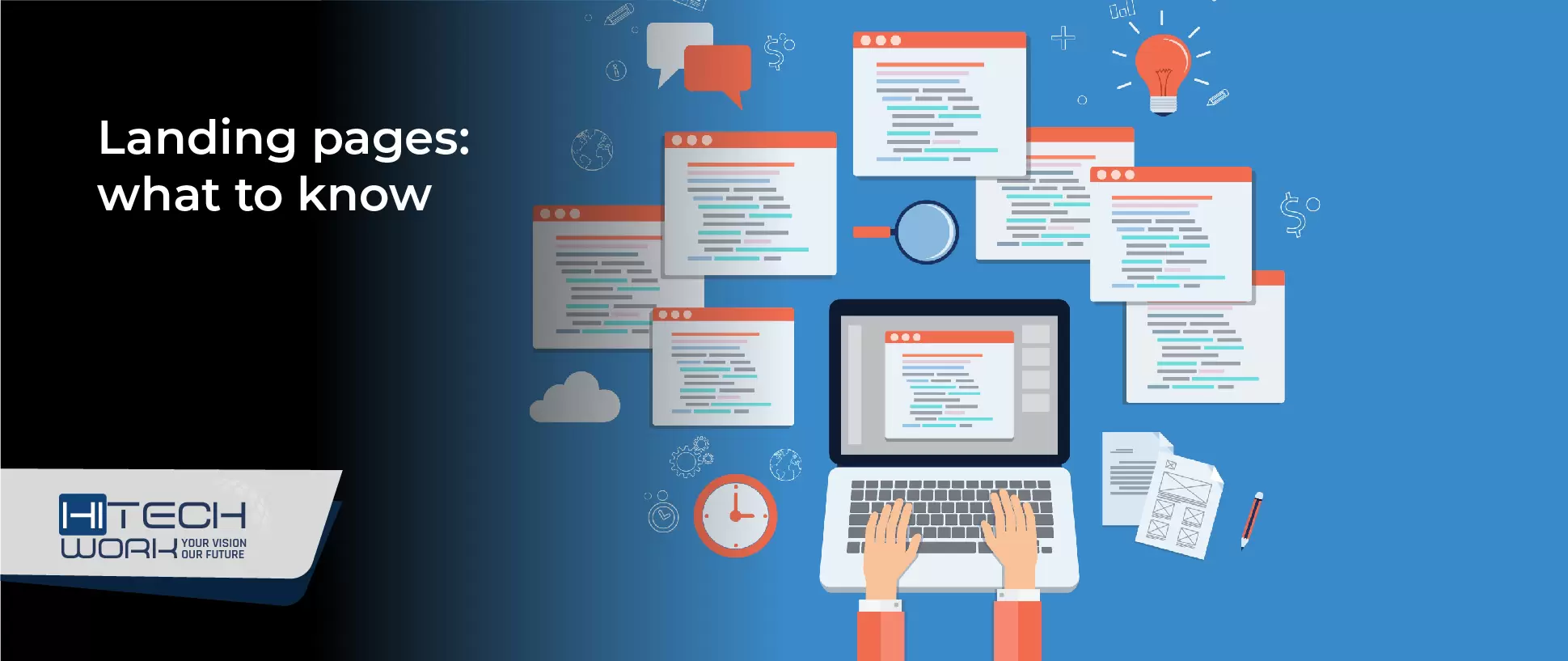In today’s digitalized world, marketing is one of the fundamental resources businesses need to put their efforts and dedication into to improve conversion rates and increase sales. One of the most essential marketing resources that needs proper attention is landing pages. Landing pages have become a crucial tool for businesses and individuals looking to capture leads, convert visitors, and achieve specific marketing goals. A well-designed landing page can make the difference between a fleeting glance and a committed conversion.
In today’s article, we asked the experts at Alpha Efficiency, a web design agency in Chicago, to provide us with information about the key aspects of landing pages, from their definitions and types to best practices for creating engaging and effective landing pages.
What are landing pages?
A landing page is a standalone web page, distinct from a website’s main pages, created with a singular purpose in mind: to encourage visitors to take a specific action. Whether signing up for a newsletter, downloading an eBook, purchasing a product, or registering for a webinar, landing pages are designed to guide visitors toward a targeted conversion goal. By eliminating distractions and focusing on a clear call-to-action (CTA), landing pages optimize the chances of achieving the desired outcome.
Landing page types:
- Lead generation landing pages: These pages are designed to capture potential clients’ information, such as names and email addresses, often in exchange for valuable content like free eBooks, whitepapers, or access to webinars.
- Click-through landing pages: Primarily used in e-commerce, these pages provide additional information about a product or service and lead visitors to the main online store or checkout page.
- Sales landing pages: Dedicated to selling a product or service, these pages provide comprehensive details and benefits to encourage immediate purchase.
- Event registration landing pages: Designed for promoting and registering attendees for events such as conferences, seminars, and webinars.
- App Download landing pages: Targeted at encouraging users to download a mobile application, these pages highlight the app’s features and benefits.
Key components of effective landing pages:
- Clear and compelling headlines: A strong headline should convey the value proposition and capture visitors’ attention immediately.
- Concise and relevant copy: The copy should be concise, focused, and directly related to the offer. Highlight the benefits and address potential pain points.
- Engaging visuals: High-quality images or videos that align with the offer can increase engagement and resonate with the audience.
- Trust signals: Include trust-building elements like testimonials, reviews, security badges, and logos of reputable clients or partners.
- Strong call-to-action (CTA): The CTA should be prominently displayed using action-oriented language that clearly indicates what the visitor should do next.
- Form or Opt-in: Use to collect visitor information; you must keep the form fields minimal and clearly explain why you request the information.
- Mobile responsiveness: Ensure the landing page is fully responsive and functional on various devices, as an increasing number of users access content via mobile devices.
Benefits of landing pages
Landing pages offer a range of advantages that add to the success of digital marketing campaigns and lead-generation efforts. Some of those benefits include:
- Focused conversion: Landing pages are designed with a specific goal in mind, whether it’s capturing leads, promoting a product, or encouraging a specific action. This focused approach increases the chances of conversion by minimizing distractions and guiding visitors toward a single call-to-action (CTA).
- Improved lead generation: Landing pages are particularly effective for lead generation. Businesses can grow their email lists and nurture potential customers by offering valuable content or incentives in exchange for contact information.
- Enhanced tracking and analytics: Since landing pages have a singular purpose, tracking performance becomes more precise and accurate. Marketers can measure metrics like conversion rate, click-through rate, and bounce rate to assess their campaigns’ success and make data-driven optimization decisions.
- Personalization: Landing pages can be tailored to specific target audiences or segments, allowing for more personalized content and messaging. This personal approach increases the page’s relevance to visitors, leading to higher engagement and conversation rates.
- A/B testing: Landing pages are ideal for conducting A/B tests. Marketers can test elements such as headlines, images, CTAs, and layouts to determine which variations resonate best with their audience. This iterative process leads to continuous improvement and higher conversion rates over time.
Final thoughts
Landing pages are a vital tool in the arsenal of digital marketers and businesses seeking to enhance their online engagement and conversion rates. By understanding different types of landing pages, mastering the critical components of an effective page, and adhering to best practices, marketers can create compelling and targeted experiences that resonate with their audience and drive desired actions. In an increasingly competitive digital landscape, the strategic use of landing pages can make all the difference in achieving marketing objectives and fostering long-lasting customer relationships.






